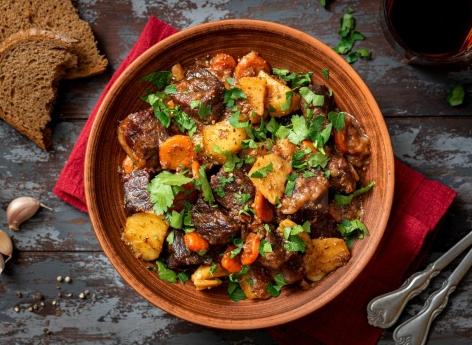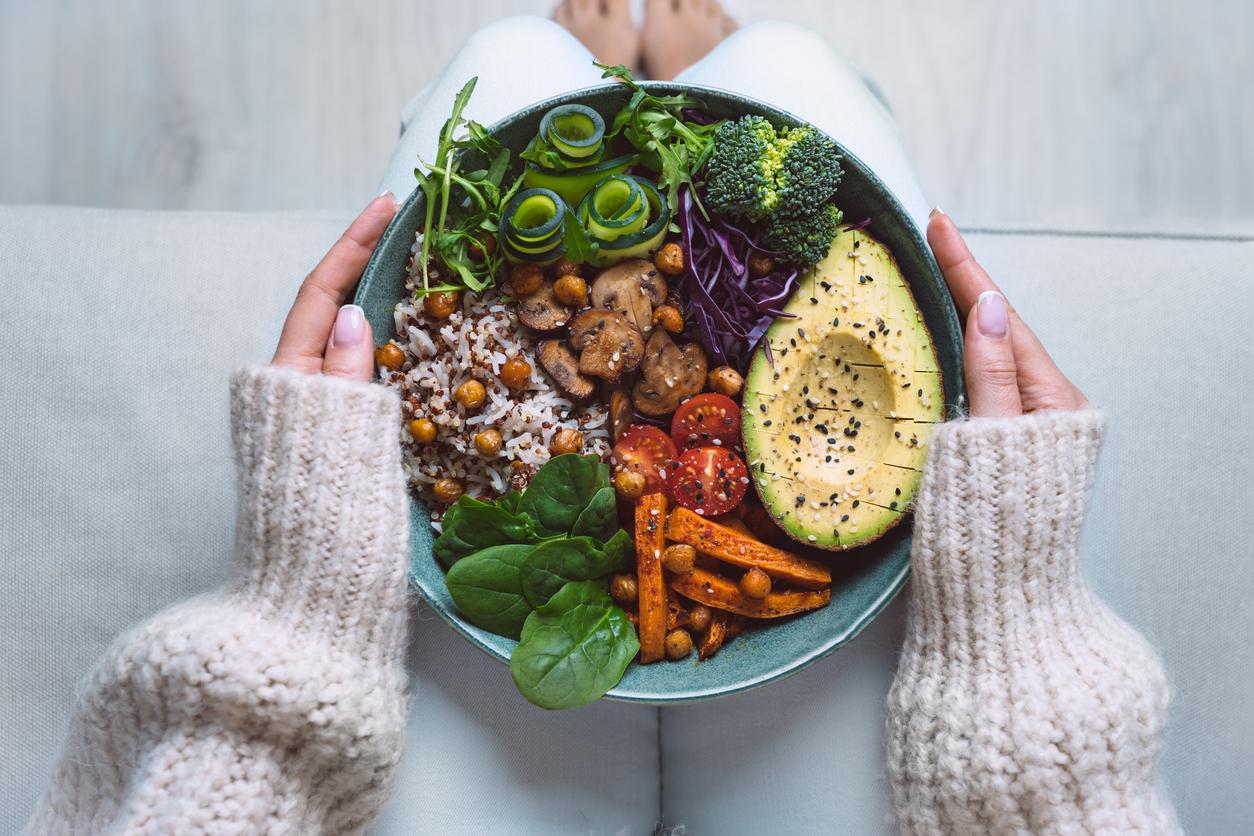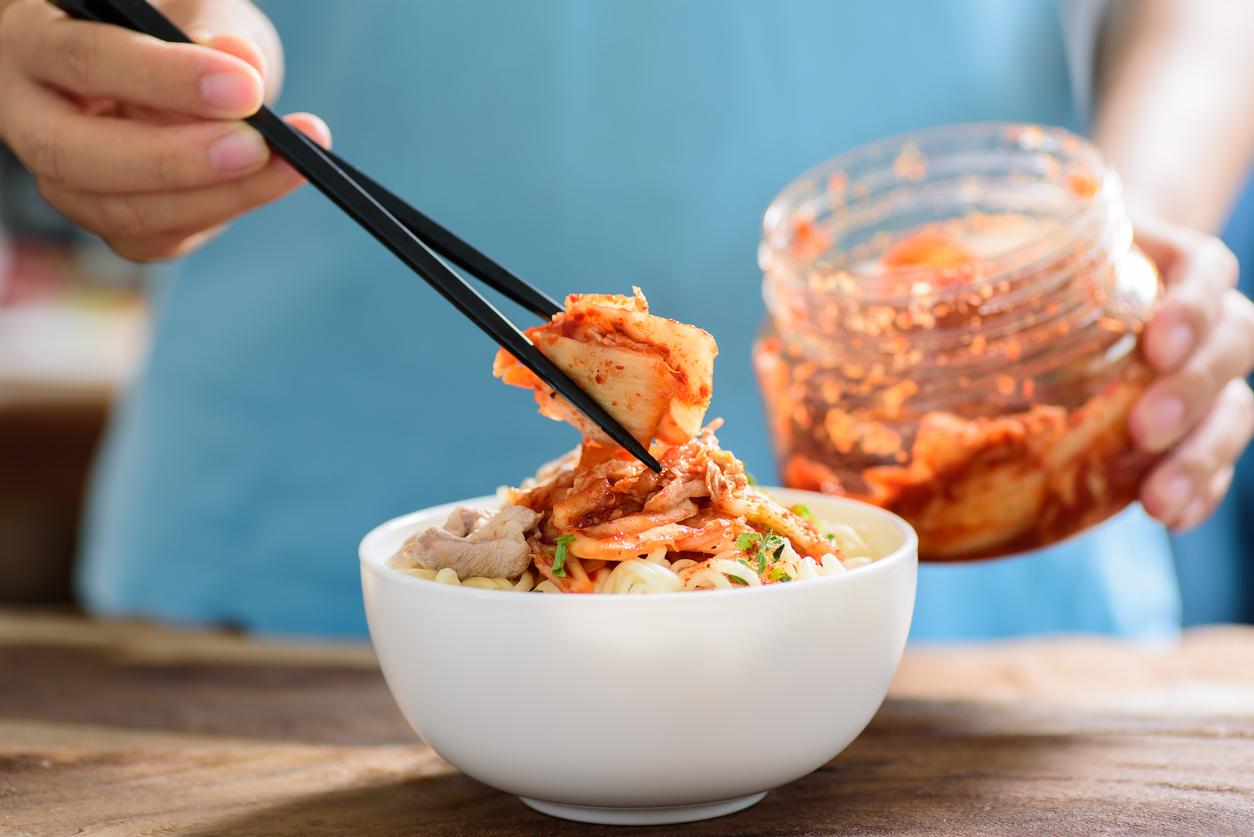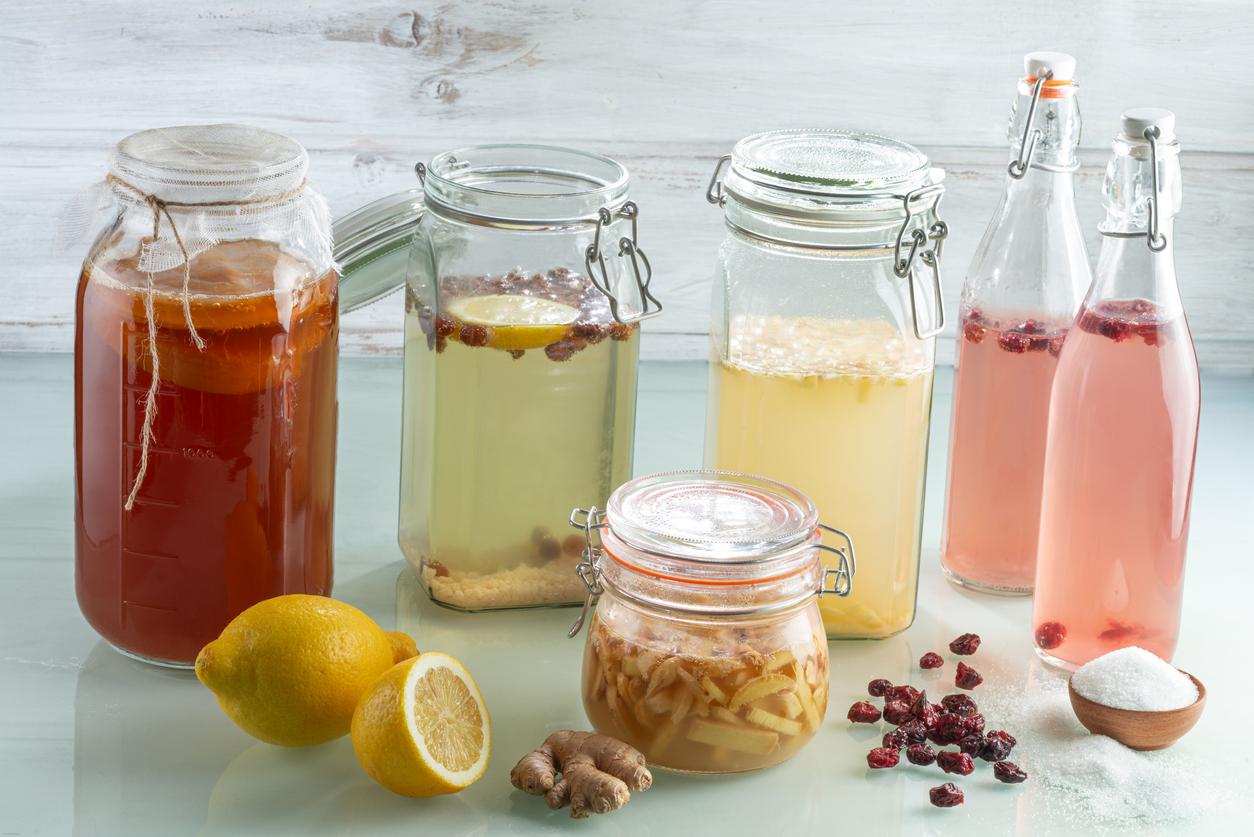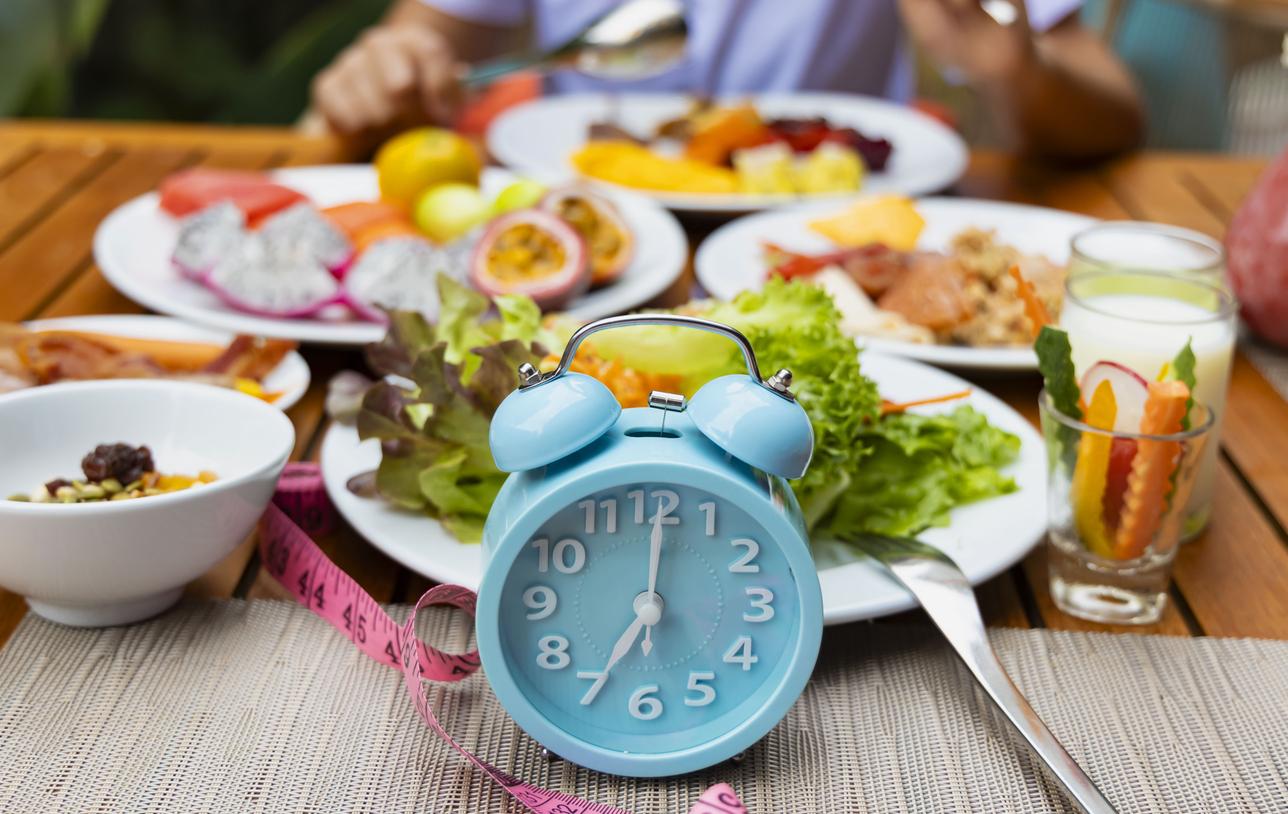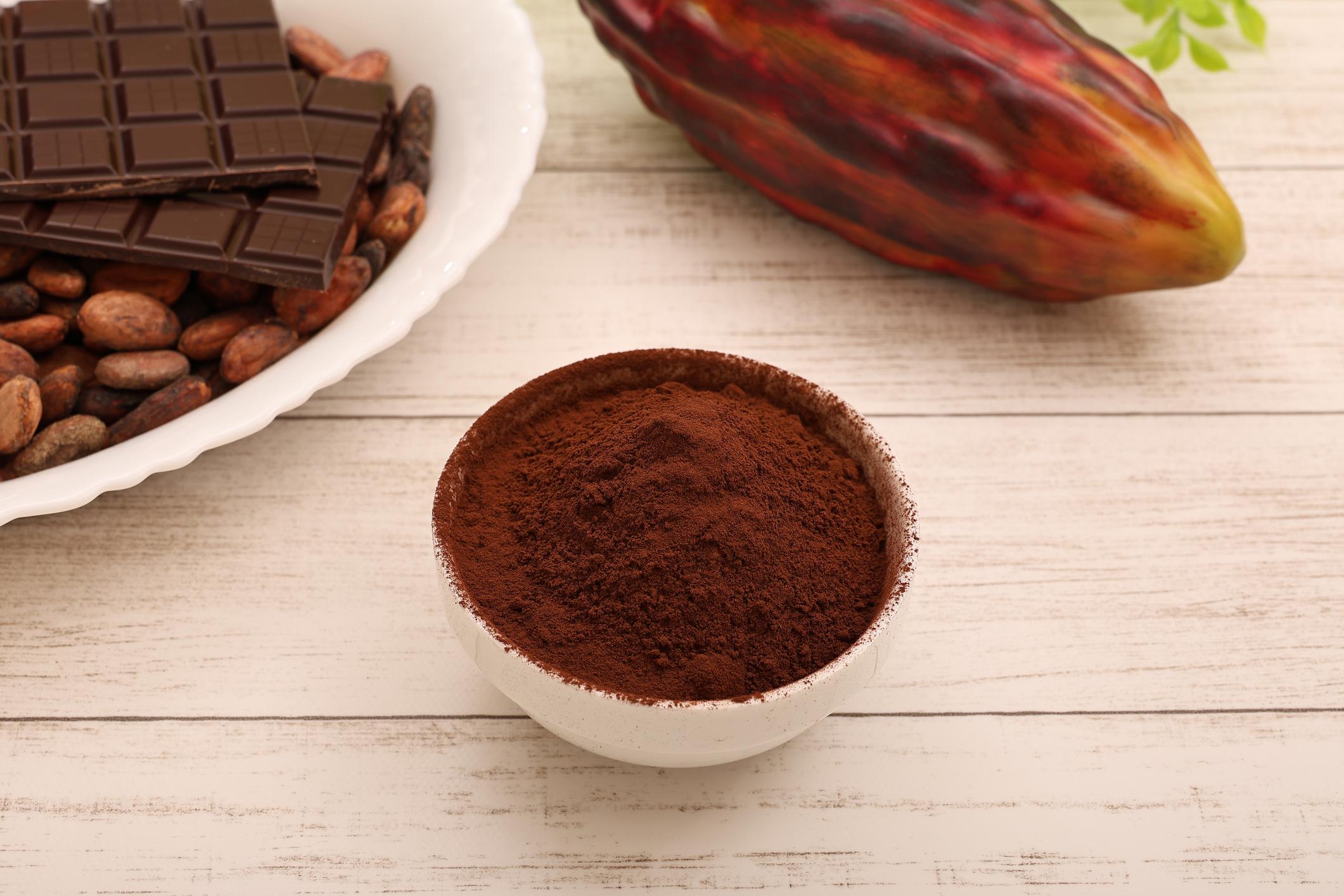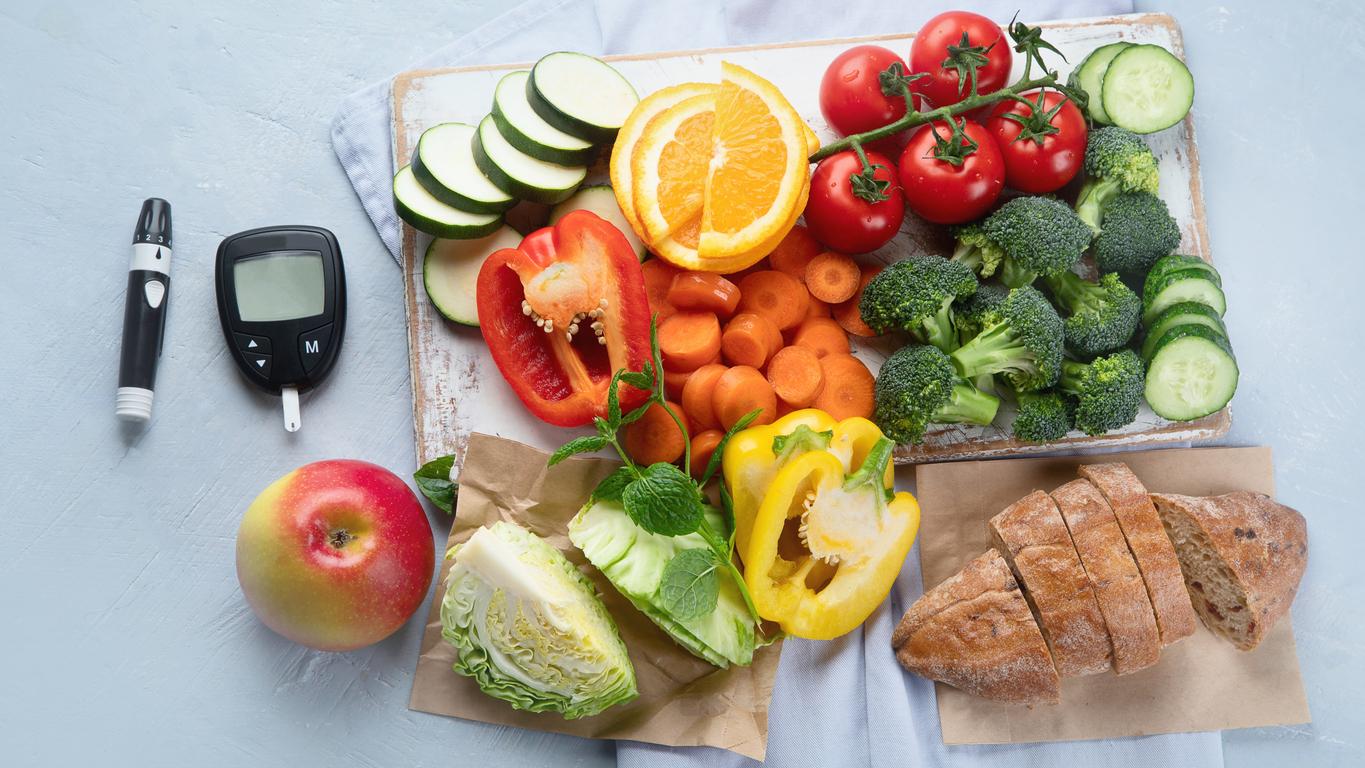Tasty and cheap food in ten tips
The benefits of a shopping list
It is sometimes claimed that healthy and balanced food is expensive anyway. Nothing is less true! Just read these ten tips that have proven their worth in the past and that you can easily apply today.
1. What you do yourself, you do better
The wonderful smell of warm bread in the kitchen. You can buy a bread oven these days for less than 100 euros. By the way, when you bake bread yourself, you don’t just spoil your nose. You also save money and you are assured of a quality product. Tests by various consumer organizations leave no room for doubt: if you bake three loaves of bread a week, the investment for your machine will pay for itself in less than a year. An advantage is that you can choose which flour you use: whole wheat flour, for example, contains 2 to 4 times more minerals than the traditional flour that is used in the trade. A similar reasoning applies to a yoghurt machine: it costs less than 50 euros and you can prepare 8 natural yoghurts with it for an average price of 1.50 euros. So a yogurt machine is also a great investment…
2. The usefulness of a shopping list
Using your brain while shopping can save a lot of money! The most important rule: never go to the supermarket without a shopping list and stick to it. Another smart tip: only be tempted by real bargains, don’t succumb to false seducers.
3. Watch out for commercial lures
It is often difficult to resist products that do everything to seduce you: prepared dishes that you only have to warm up, light biscuits that can soothe your conscience. Often too good to be true! Such products are more expensive and certainly not necessarily healthier. Now take light biscuits. They may contain less fat, but you should also look at the amount of sugar, or vice versa. Light cheeses contain little fat, but often also little calcium. Prepared dishes are full of fat and salt, substances that manufacturers use to give their preparations more flavor. Decision? If you can, just cook your pot yourself! You then know how fresh the ingredients are, you determine the amount of sugar, fat and salt and you can be sure that you are not ingesting any additives or preservatives. In addition, you will always be cheaper.
4. Take advantage of hard discounters
At hard discounters (Aldi, Lidl,..) the range is limited to the basic products. The range is less wide and so you will be less tempted. That makes sense! Few staff, no frills presentation, unbranded products or private labels: everything is aimed at being able to use prices that are lower than in the traditional supermarkets. Why not take advantage of that? Beware of dirt-cheap cookies, quiches and pastries, which are rarely flawless in composition and nutritional value (too many additives, sugar, salt and palm oil).
5. Go to the market every week
Is grocery shopping really cheaper than a supermarket? In principle yes: marketers have lower costs and usually settle for lower profit margins. Fruits and vegetables you should preferably buy from people who also grow them themselves: this way you can be sure of the best quality. One last trick: get to the market by the time the traders start getting ready to leave. Maybe they’re selling their unsold goods at a bargain price…
6. Buy at the source
Have you heard of a vegetable and/or fruit package? It concerns a subscription with a farmer or horticulturist who puts together a package with various vegetables and fruits of the season every week (or every two weeks). The system also exists for dairy products and meat. You pick up your package at the producer or at a collection point in your area. An excellent way to support local producers: the system does not involve wholesalers, central purchasing bodies and no distributors. In addition, you get fresh seasonal products and you occasionally put less obvious vegetables and fruits on the table, since the package is put together for you. Often a vegetable package also contains useful information and recipes to get started with the content. Whether you pay less through this system than in the supermarket? Not really: the aim is to pay farmers a fair price and not force them to sell their products at dumping prices as in the classic circuit. But you can be sure of products that are in order in terms of quality and nutritional value! More info via http://www.groentepakket.info/.
7. Exploring your pantry
Check the contents of your stock and refrigerator regularly. Firstly, in this way you avoid losing sight of best before dates. According to recent figures, an average family would throw away an average of more than 170 euros worth of unused food each year. What a waste! Secondly, you will notice that you still have a lot to cook with, so that you have to buy less. And thirdly, you can check whether you still have enough preserves in stock. Because the advantages of preserves are countless: you can simply store them in a cupboard, they are unbeatable in price (canned green beans are three to four times cheaper than fresh ones, for example), the content remains good for up to three years and can boast the same nutritional value (e.g. in terms of vitamins, minerals) as fresh foods. A whole list of assets, some of which also apply to frozen products: it is best to stock up on (unprepared) products as well. Take advantage of your pantry inspection to read the recipes on pasta, rice and lentil packaging: you’ll often find clever tips for easy and inexpensive preparations!
8. The benefits of a weekly menu
After the inventory, it’s time for planning. Try to create a menu for the whole week. Not always obvious – that’s true – but this approach only has advantages. Firstly, you can ensure that you eat a balanced diet (a few days provide a better overview than 24 hours). You can compensate for a high-calorie meal on Monday by cooking lightly on Tuesday. Such a weekly menu is also useful for shopping: you don’t have to improvise, you don’t spend uselessly and you don’t buy products that you don’t use in the end.
9. Back to basics
You don’t have to be a kitchen prince to put healthy, tasty and inexpensive dishes on the table in no time! Simple recipes can be found everywhere: soup, for example, is a classic. Or lettuce: ideal for mixing in all kinds of fridge leftovers or preserves – tuna, kidney beans, tomato, avocado, crab, shell pasta… – and thus improvise a varied meal. Pasta, like rice, is a dream ally in the kitchen. They are both ready in no time and get on well with a wide variety of foods: from raw diced tomatoes, through ham or onion strips, to peas and grated cheese.
10. Your own vegetable garden
Do you have green fingers and dream of growing your own vegetables, preferably with as few pesticides and fertilizers as possible? Even if you live in the city, this is a viable card! Quite a few cities rent out allotments on the outskirts of the city. In exchange for a modest amount – often less than 50 euro cents per square meter per year – you can rent such a garden and garden yourself. In most cities, however, internal regulations apply, including guidelines about which structures and which fertilization are allowed. But you will definitely feel the difference in your wallet: a family of 6 people can save up to 3500 euros annually with a 600 m2 vegetable garden. Impressive, right?
Sources):
- Plus Magazine








